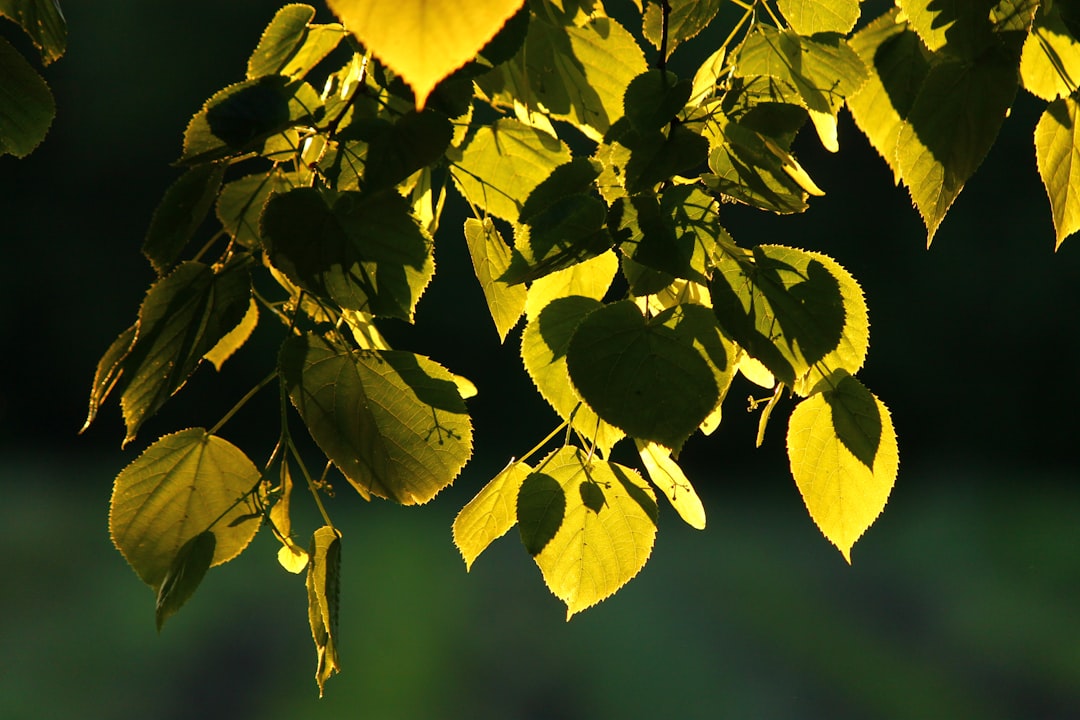The Art of Radish Harvesting: Tips and Troubleshooting

Edible gardening is a rewarding activity, and growing radishes is a great way to start. Radishes are not only easy to grow but also add a spicy crunch to your salads and other dishes. However, knowing how and when to harvest them is crucial to get the best flavor and size. In this article, we'll provide you with some easy - to - follow tips on radish harvesting and troubleshooting advice if your radish roots aren't developing properly.
### Understanding Radish Growth Cycles
Radishes come in different varieties, each with its own growth cycle. Some radishes can be ready for harvest in as little as 20 days, while others may take up to 60 days. It's important to read the seed packet to determine the expected harvest time for the specific variety you're growing. Generally, spring radishes are quick - growing and are best harvested when they are small and tender. Winter radishes, on the other hand, take longer to mature and can grow to a larger size.
### Signs of Radish Readiness
One of the most obvious signs that radishes are ready for harvest is the size of the root. For most common spring radish varieties, the roots should be about 1 - 2 inches in diameter. You can gently brush away the soil around the base of the radish to check its size. Another sign is the appearance of the foliage. If the leaves start to turn yellow or wilt, it could be an indication that the radish is over - mature. The flavor of over - mature radishes can be pungent and woody, so it's best to harvest them before this happens.
### How to Harvest Radishes
Harvesting radishes is a simple process. Start by watering the soil around the radishes a few hours before you plan to harvest. This will make the soil softer and easier to work with. Then, grasp the radish leaves near the base and gently pull upwards. If the radish doesn't come out easily, use a small garden fork to loosen the soil around it. Be careful not to damage the roots while doing this. Once you've harvested the radishes, remove the leaves and wash the roots thoroughly. You can store them in the refrigerator for up to a week.
### Troubleshooting Radish Root Development
Sometimes, you may encounter problems with radish root development. One common issue is small or misshapen roots. This can be caused by several factors, including overcrowding. Radishes need enough space to grow properly, so make sure to thin them out when they are young. If the soil is too compacted, it can also restrict root growth. Loosen the soil before planting and add organic matter such as compost to improve its texture.
Another problem is bolting, which is when the radish plant starts to flower and go to seed prematurely. This can happen if the radishes are exposed to high temperatures or if they are stressed due to lack of water. To prevent bolting, plant radishes in a cool, shady spot and keep the soil consistently moist.
### Maximizing Flavor and Yield
To get the best flavor from your radishes, make sure to harvest them at the right time. As mentioned earlier, young radishes are usually more tender and have a milder flavor. You can also experiment with different radish varieties to find the ones that suit your taste preferences. Additionally, proper soil preparation and fertilization can help improve the yield and quality of your radishes. Use a balanced fertilizer before planting and side - dress with compost during the growing season.
Companion planting can also be beneficial for radishes. Planting radishes alongside other vegetables such as lettuce, spinach, or carrots can help deter pests and improve overall plant health. For example, radishes can help repel aphids, which are a common pest for many vegetables.
In conclusion, growing and harvesting radishes can be a fun and rewarding experience. By following these tips on when and how to harvest radishes and troubleshooting root development issues, you can enjoy a bountiful harvest of delicious, home - grown radishes. Whether you're a beginner or an experienced gardener, these strategies will help you make the most of your edible garden.